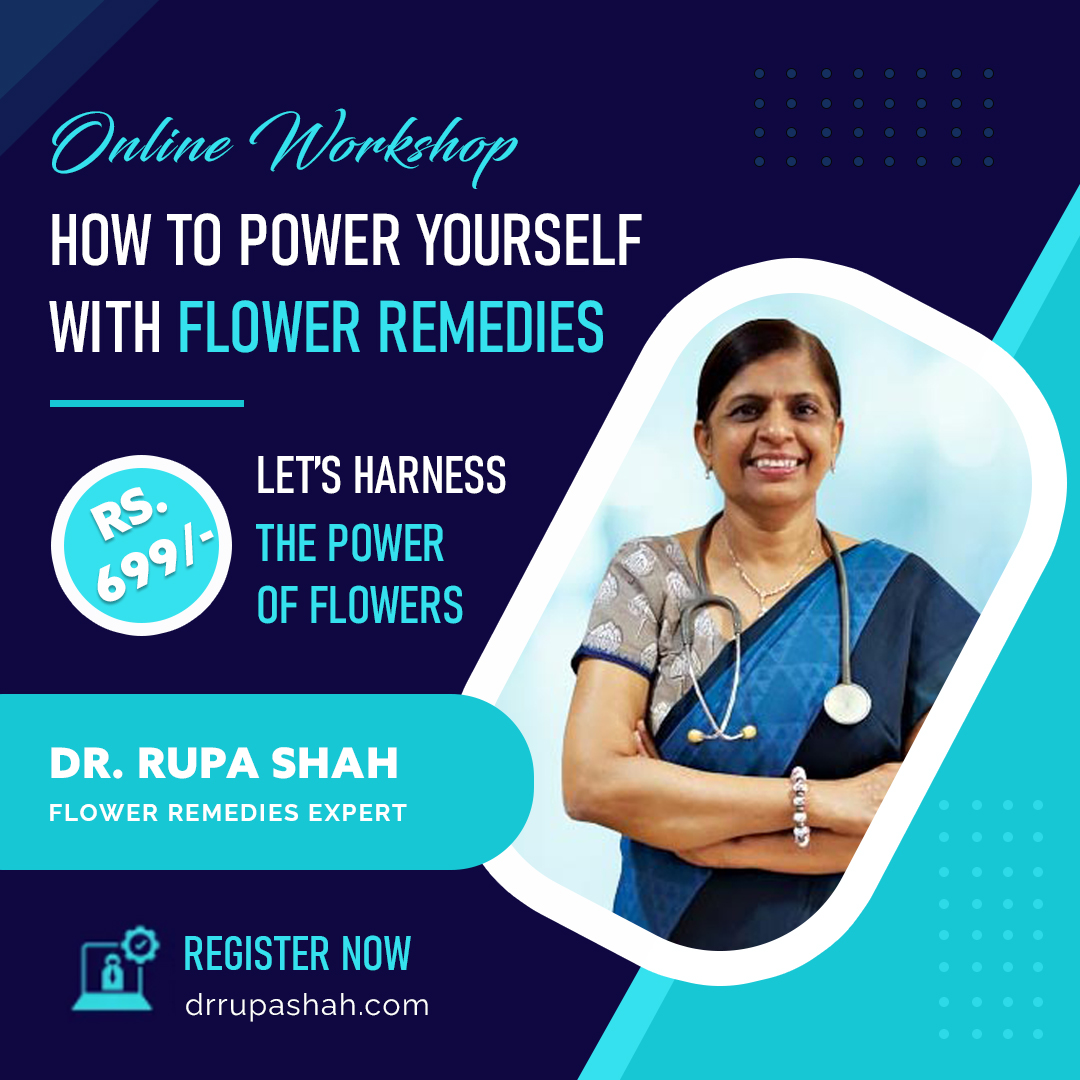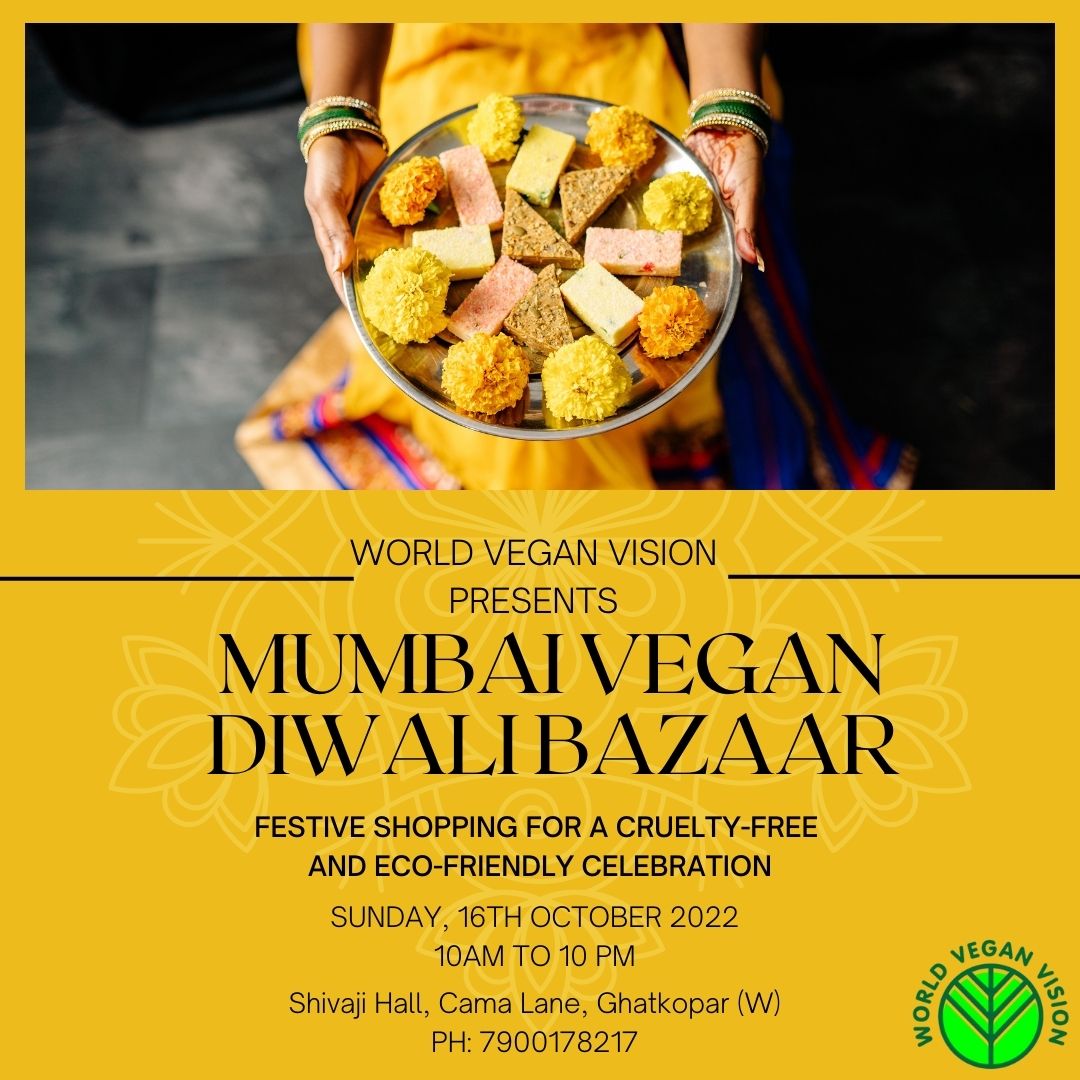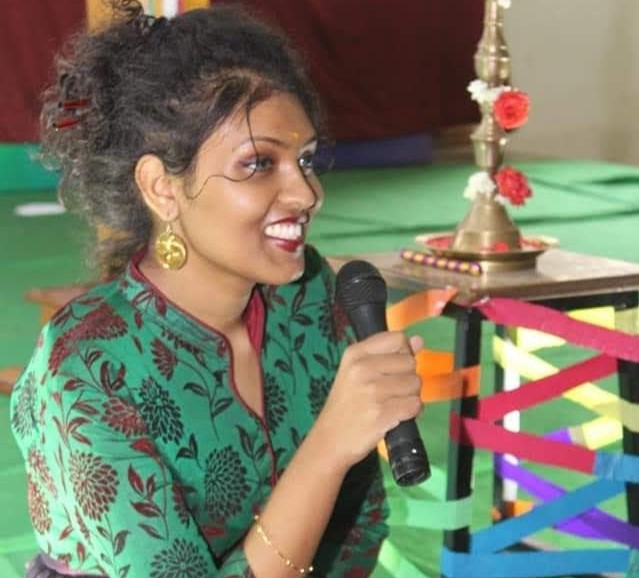The meat ban in Nagaland is a very welcome decision. How did PFA initiate this dog meat ban? This will also be a guide to all the other NGOs in India who are also working tirelessly on the same theme.
The dog meat ban in Nagaland was one of the quickest and most successful campaigns and we were led by our guiding force, Smt Maneka Gandhi, who has been working relentlessly towards animal welfare and against cruelty. She has been working on this cause for quite some time now and we came up with this campaign idea, where everybody gets to write what they feel towards this issue and how they wanted a resolution to come towards it.
And we pushed out our campaign which was successful in less than 3 days. In under 72 hours, we managed to get this running out and around, and madam had actually put out a statement to ask people to come forth to write to the CM of Nagaland about why the ban should be implemented and why the dog meat consumption, purchase and selling should be put to a stop. It was so encouraging that within the first day of our pushing the campaign, we received over 50-60,000 emails.
The very next day, there was a report that a particular village council had released a shoot-at-sight order for the dogs, which was reported by one of our junior organizations–two dogs were shot at sight and one of them was a pet. So this actually put us in a higher gear. We wanted to make this (ban) happen much quicker and we again pushed our campaign on a larger scale with a new statement from Maneka Gandhi asking everybody to maximize their online support. By the next day, that was the third day–when this bill was supposed to be taken to the cabinet, there was a record breaking accumulation of 1,24,000 emails to the CM’s email ID on the government servers, requesting him to put a ban and this was actually the largest response that an online campaign had ever had.
We were delighted by the fact and we will be indebted to the Nagaland government and the Nagaland population for coming forth and supporting our cause. Following such a massive response, the following day, the CM and the Chief Secretary released the statement on Twitter thanking madam, and announcing that dog meat consumption is going to be banned. It was a very short journey, but it was one of the most achievable milestone markers for us it was a wonderful thing that came together for us.
In Nagaland, how has dog meat consumption come about all these years?
Meat consumption is unfortunately allowed in Nagaland but in federate regulations there are there are certain laws that lay out the whole procedure as to what is allowed and what is not allowed, as stated by the government. Unfortunately, the enforcement is the weaker side of the law. In this particular case, Nagaland was last state to implement the ban and the sole focus behind this campaign was to touch the compassionate side of people. There are multitudes of people in Nagaland who have dogs as their pets who genuinely care and this is probably the smaller population that forces the consumption. The (dog meat) consumers believed in it as a livelihood. But the population did come around and they played on the hearts and emotions against the act in this call, so it took heart over mind and that’s how we pulled this out.
The ban is definitely the sign of changing times. Are there other states where this is still happening?
Legally, Nagaland was the last one left to ban and that has covered our consumption issue. Of course, there are areas where the smuggling (of beefs or cows) is still going on and we’re still working on the issues. You should understand that animal cruelty is something like a never-ending situation, whether it is on the very smaller level towards one pup or whether it goes on an escalated level depicting a complete race and structure of animals. This is something that India is still trying to tackle in terms of cruelty and we have one of the best trustees, Gauri Mulekhi madam and Maneka madam, and both are working relentlessly on doing their very best to curb the situation.
What were the other challenges that you faced while implementing this ban?
The Nagaland government has actually laid out a protocol for implementation, which is a five-page protocol. As soon as we received the protocol, we had it published on our social media handles and it is available on all the PFA handles to view. Also, we have our organizations and other individual setups who are also following up with it. Initially, we hoped that people would see our posts, but we have actually received a lot of messages from the locals about how they love their pets how they care about animals. We are looking forward to the fact that the ban will get the proper implantation that it requires.
The campaign was about getting 50k emails within 3 days of time, but you received over 1,25,00 emails. According to you, how did u manage to get such an amazing response?
It’s less of us and more of everyone out there. We actually pushed the campaign very hard. We have a few of our dedicated celebrities who also believe in our cause and have been associated with us for a very long time and everybody took to it along with all other organizations as well. Yes, we stand as a source of the campaign and stand as an organization that put the ban forward… and yes, but it’s a multitude of everyone coming together. All organizations were pushing the campaign, pushing our statements, echoing what we had appealed for. So I think it was not only shared in India, but it was shared worldwide. We have partnering NGOs in USA and UK who were pushing out for us so the number of shares and the retweets got a big boost. And the one single post had about 40,000 likes on our social media handles, and that’s more than the capacity that we have. We took to Twitter mostly, and every celebrity has actually retweeted about the campaign. It was a very heart-touching campaign because at the end of the day we could feel at peace. Altogether, we have saved many lives. It’s not only us at PFA, but its everybody who has written the emails, shared the posts–any little bit that anyone has done meant a massively wonderful thing for us.
How can we sustain this change which has just come?
This change is actually here to stay now. To be very honest, pre-COVID we were so occupied in our daily lives we would have one particular segment of the population that we would call activists or the feeders or the animal welfare people that would actually cater to all these things. During COVID, people got the time and people could feel the plight and the empathy about how the caged animals would feel; so people have found and touched the compassionate side of themselves. Now, during this period of the lockdown and post (lockdown)–the period of the unlock–we are actually seeing a very different side to people. We are seeing how people are genuinely taking on to this cause; people are correlating everything to themselves. For the first time, we are feeling very strong about it that yes, the change is here to stay–you don’t have to sustain it. It’s is going to stay.
There are many other cities where animal cruelty is occurring, for example, the elephant exploitation South India. What can we do to put a full stop to all this cruelty happening, and how can public participate towards a collective effort?
We wrote when the Kerala case happened, a lot of momentum went there. A lot of celebrities took up to it. It was a pregnant elephant so it touched a very compassionate side of people’s hearts and emotions. It turned into a household story and people started empathizing with the four-legged, the way you feel for your family and this is precisely the time when the government and the rules will not matter, because people will make it a point to change that. And we do have the capacity to change things, and we do work relentlessly to change. Also, the main reason for change would be what goes on in the hearts of people.
How important is it to have public participation to make this world of kinder place for animals?
Very. Absolutely. As an individual, you at some point realize that as an animal welfare individual, as an activist, as the voice of the voiceless–that’s we call ourselves–it’s a blessing. People do not recognize that it’s a blessing that you are doing something for the voiceless. Not everybody is equipped or God-gifted to hear what the suffering of the voiceless is. That’s why we call ourselves the ‘Voice of the Voiceless’. And in the same way, when people understand, the massive support that comes together is what causes this whole cyclone of change! So, yes, public participation is always going to be extremely important as how you say “Many heads put together”, “The more the merrier” or as “United we stand”–the more the people stand as a voice of voiceless, the stronger we will become as a unit that stands for something… for one particular cause.
How does PFA manage to help all the feeders? You are receiving about 2,000 emails a day, regarding feeding, harassment, cruelty cases. How do you manage all this?
The credit again goes to Madam. She is the one who sits and makes it a point that all the backlog is seen and every email is responded to, and every call is made. At our organization, we have about 200 units, and as I said earlier, we are trying to convert every person into a driving force themselves. We have started guiding people, about whom to approach, where to approach, before coming to us. For instance, instead of me calling the station and then asking you to go to that station, you go to that station and put up a complaint and then give us a call if you face any roadblocks. We stand by you and luckily, we have been so blessed that we have such wonderful units that come together to work at this time. We keep getting complaints about incidents and we direct them to our website, this is our link, this is the unit, this the active head’s number and call on that number (see box). The social media has become a direct channel and we have volunteers everywhere. So, since everyone is turning into a volunteer, turning into an activist themselves, it makes things much easier for us to have it all managed out now.
Can you talk about your philanthropy work?
Basically, I am a dentist. I finished my education from Manipal and I came back to Delhi. Then, I started working in government hospitals and that’s when I realized that there is a lot more that you can give back to the community. So I diversified to do pro-bono work for generic welfare and started working for NGOs and started working towards people welfare. And animal welfare has always been very close to my heart.
During this lockdown, I worked on creating a complete setup in and around Delhi localities where we provide oxygen cylinders. I heard of somebody who was at the door of the hospital and they lost him because the hospitals didn’t have oxygen supply to give. That is something that touched my heart so much because it could be anyone’s parent–it could be me or any one of us. That’s when I realized that I have to close this gap, so we managed to place oxygen cylinders, have isolation compounds, PPE kits, like a proper setup. My number still rotates as one of the people who can be contacted in case of any emergency. I am also working with a group right now that is helping arrange plasma to fill the gap between patients and donors. Also, I am working with another group simultaneously to help people in some way– using my friends circle, with some celebrity connections that we have, we are trying to pushout welfare as the cause that is much bigger now.
When did you join PFA and how has your journey been?
It’s a couple of years since I joined PFA, but I have been an activist long before that. I was raised in a family of puppers; I always had dogs or cats or strays that I have always taken care of. If you ask me about PFA, the journey about when I first got my PFA card–it’s been an extremely long time but I have been with Madam for quite some time now and it’s been a milestone marker; one of my happy achievement highs, it’s one of those feel good factors. The transition lets me sleep better of at night. I am much at peace knowing that I have done some good. And when I am still woken up when people have some emergency at 2 am that needs to be reported or they need guidance–but yes, it’s wonderful to be where I am now.
What is your vision for PFA under the guidance of Maneka Gandhi?
PFA is going to grow. PFA is also my vision personally. What I would want to relentlessly work on now is to awaken that little bit of compassionate person in everyone. I dream of having a PFA person–from turning it into an organization into a person. And I realised that if we together are able to reach out to a number, for instance, say 1,000 people, we have that option of changing a thousand minds in a minute. That’s when I realised that God has been very kind and we have been blessed with such lovely people who influence us, who are celebrities, who are spokespeople, who are visionaries that people like to listen to. My vision aligns with that; my vision is to turn this organisation into much more people-recognized platform. During this lock down we have become a much more people-approachable setup and that’s the idea. We are your friends, your mentors, your guides, we stand by you. The value of PFA is that whatever you do for animal welfare, we stand by you. We will support you like your own, we will thank you when you do something for us. For the food supplies that we had sent out–madam had written a thank-you note to every feeder. It’s sometimes about acknowledging that we stand in this together.
So, my vision for PFA is not only stringent laws to reduce cruelty and to create awareness, we are going to run some more wonderful campaigns. We are going to generate public participation, the concept of people coming together–this idea that it’s not one, two or ten people standing for the voiceless–it is everyone standing together.
God created all of us. He did not differentiate between us. We chose to differentiate that animals live in the jungles, people live in homes; that I sleep on my bed and my dog sleeps on his bed–we created these distinctions. If He did not create any distinctions, we have to eradicate that. There are some wonderful videos where dogs are protecting kids, where elephants come to see people who feed them every day; if you feed a bird you will find them outside your house. They are not hungry only for food–they understand the bond; they understand the connect that you are trying to develop. That’s what my idea is. We need to now create that setup where we are all in this together. We have to stand and support each other. They are voiceless, but they support us. We have the voice, we have the gift of God, so we have to stand by them and support them. We have to create a channel, we have to cut down that level where we are all at the same level and in it together.
| People For Animals, New Delhi
W: peopleforanimalsindia.org Contact: (+ 91-11 23719293 E: gandhim@nic.in |














